If ANA Screen, IFA is positive, then ANA Titer and Pattern will be performed at an additional charge (CPT code(s): 86039).
(Specimen Container)
Transport Tube
(Transport Temperature)
| Temperature | Period |
|---|---|
| Room temperature | 4 days |
| Refrigerated | 7 days |
| Frozen | 30 days |
Gross hemolysis, Grossly lipemic, Microbial contamination may interfere
This immunofluorescence assay (IFA) is often ordered as part of an initial diagnostic evaluation of individuals with clinical suspicion of autoimmune diseases associated with antinuclear antibodies (ANAs). The American College of Rheumatology (ACR) recommends IFA on human epithelial type 2 (HEp-2) cells as the gold standard method for ANA testing because of its overall high sensitivity.
ANAs are associated with several autoimmune diseases, such as systemic lupus erythematosus, systemic sclerosis, mixed connective tissue disease, polymyositis, primary biliary cholangitis, rheumatoid arthritis, juvenile rheumatoid arthritis, Sjogren syndrome, and autoimmune hepatitis. The laboratory evaluation for individuals with clinical suspicion of these autoimmune diseases often begins with an ANA screen.
Knowing the ANA titer can be helpful in interpreting positive ANA results. A titer of at least 1:40 is considered positive, but low-positive titers are not uncommon in healthy individuals. Higher titers are generally associated with greater likelihood of autoimmune disease. When results are positive, various fluorescent staining patterns observed in the nucleus or the cytoplasm can aid in the differential diagnosis and guide selection of further testing for specific autoantibodies. The International Consensus on Antinuclear Antibody Pattern provides guidance on interpretation and reporting of IFA staining patterns with HEp-2 cells.
Individuals with negative results on the ANA IFA usually also have negative results on specific ANAs. Therefore, subserology testing is generally not recommended in individuals without positive ANA IFA results and clinical suspicion of relevant autoimmune disease [4]. However, Jo-1 antibody may be detected in ANA IFA-negative patients with some types of myositis, and SSA antibody may be detected in some ANA IFA-negative patients with lupus or Sjogren syndrome.
The results of this test should be interpreted in the context of pertinent clinical and family history and physical examination findings.
Individuals with negative results on the ANA IFA usually also have negative results on specific ANAs. Therefore, subserology testing is
Negative

